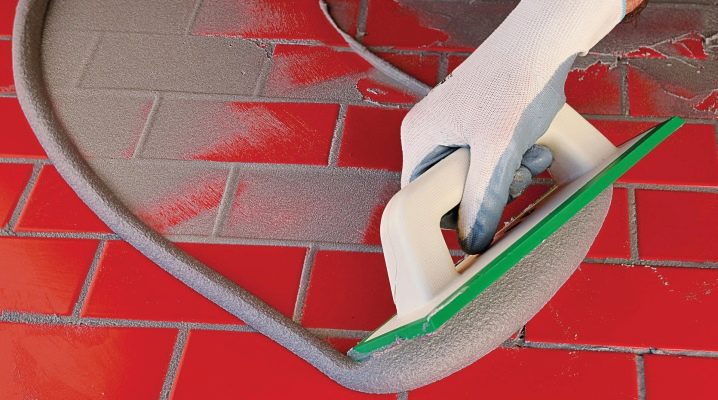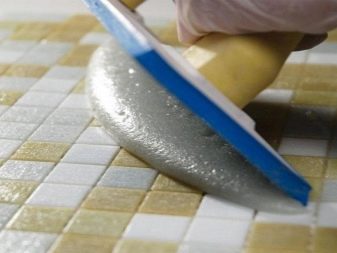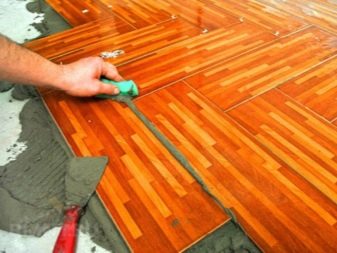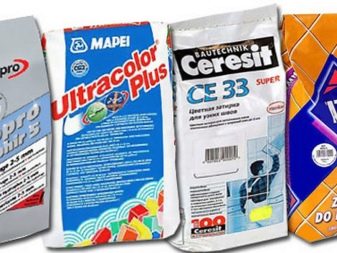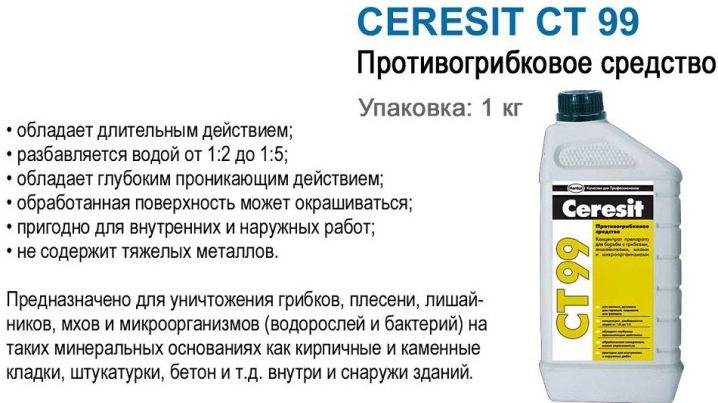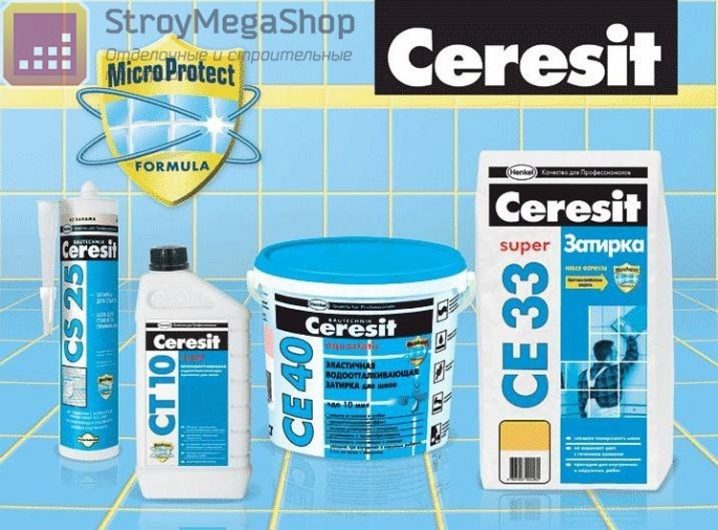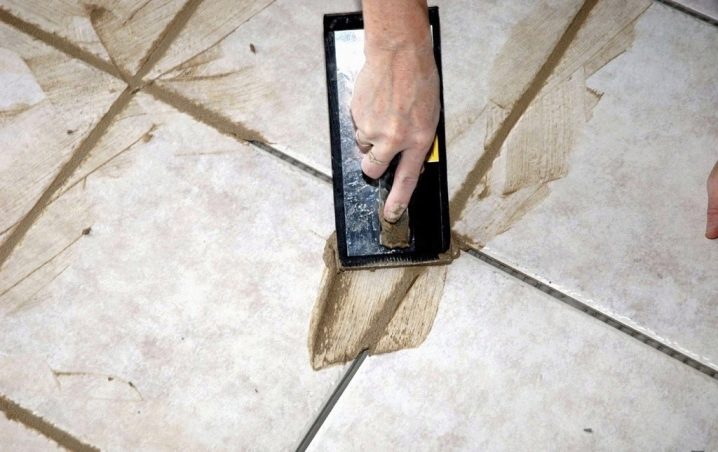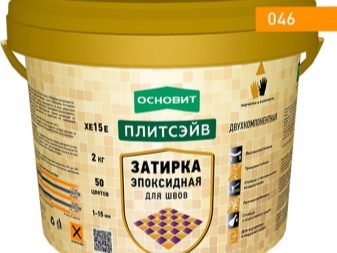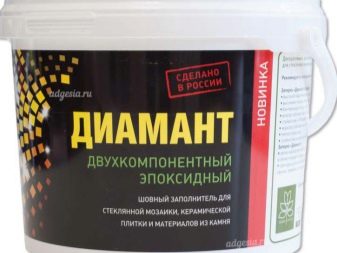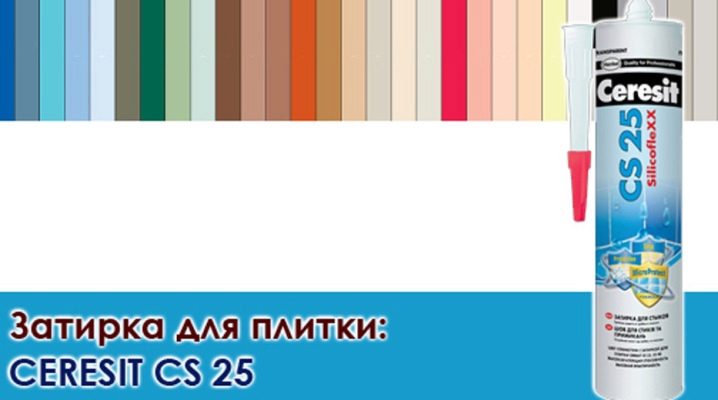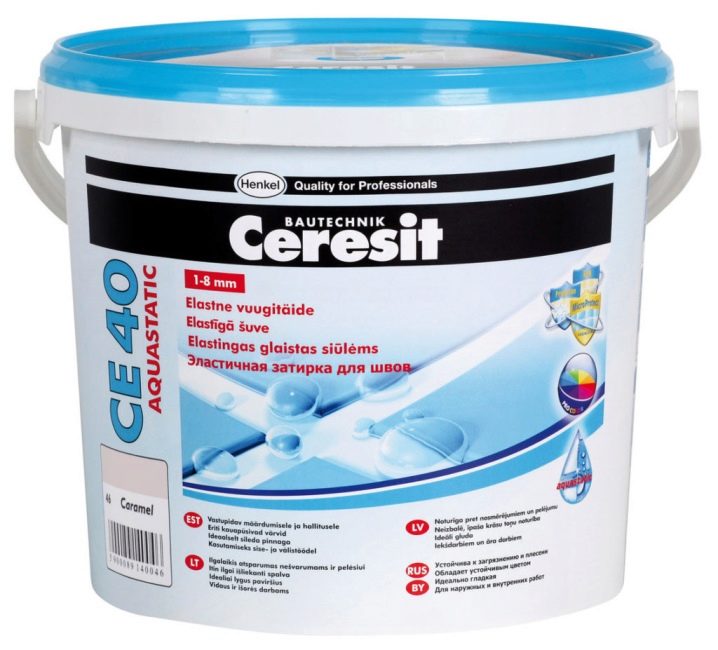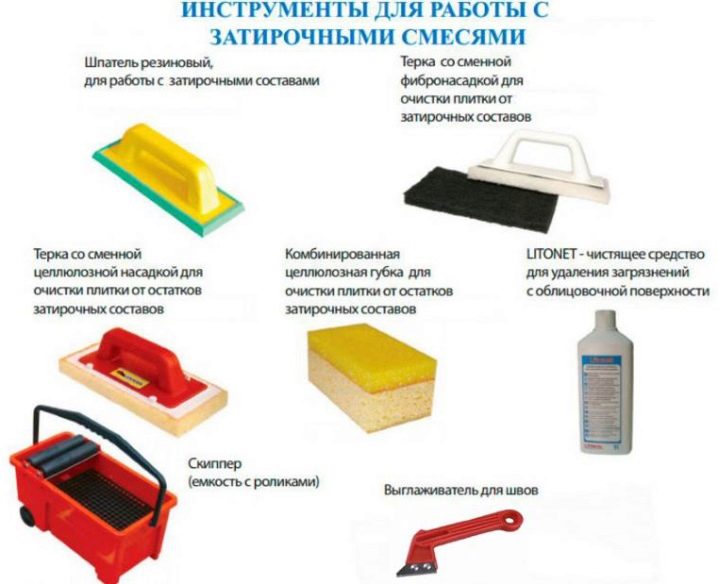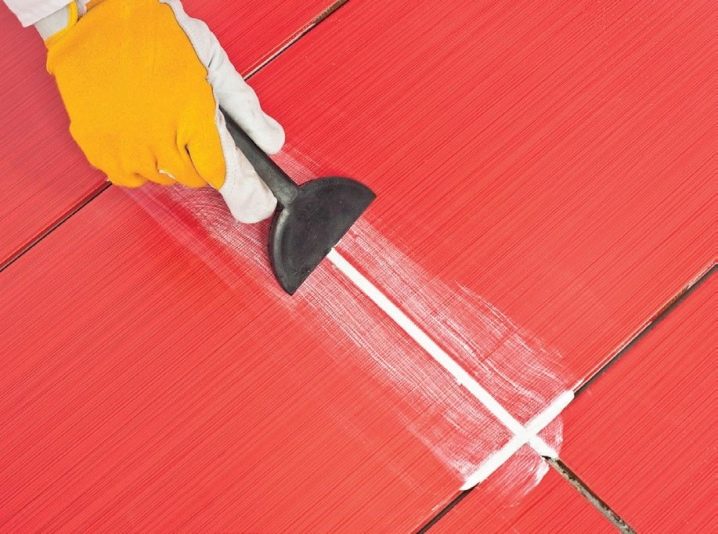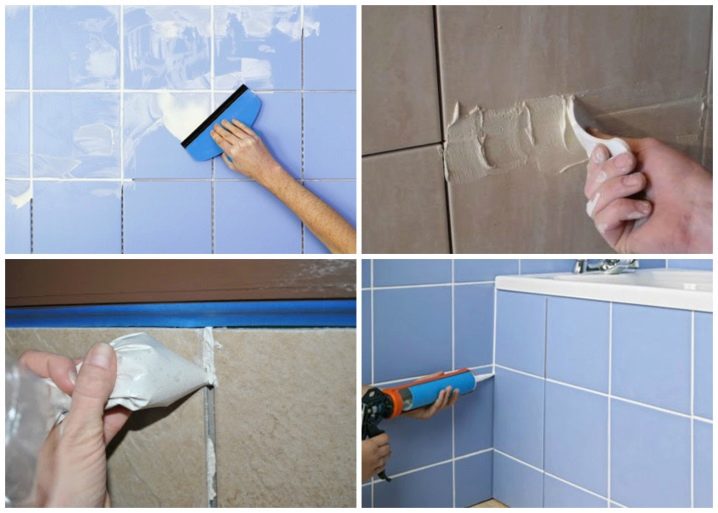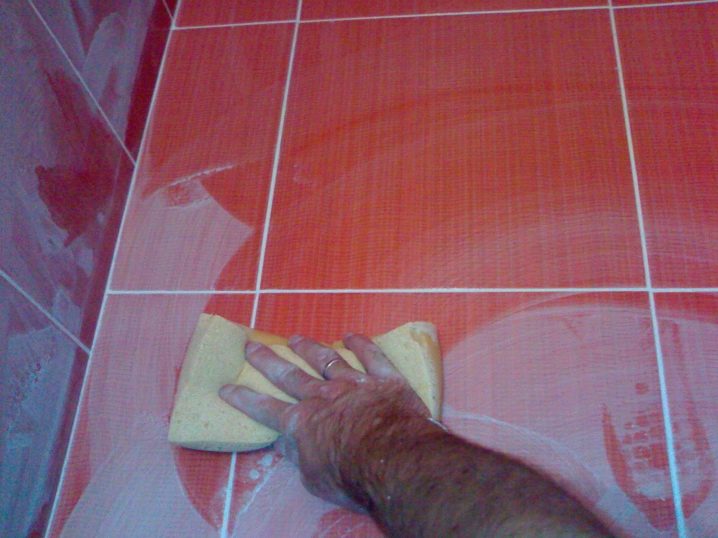How to embroider the seams of ceramic tiles?
Grouting gives the surface an aesthetic appearance and protects the tile from moisture and dirt. To get a good result, you need to know certain details of this process. How to embroider the seams of ceramic tiles will consider in detail in this article.
Special features
The final stage of finishing tile laying is the jointing of seams. Seamless installation is no exception, with this method of finishing small gaps are also formed between the tiles. The jointing involves the sealing of tile joints with a special grout.
This material has several main objectives:
- Preventing the formation of bacteria and dirt between tiles.
- Strengthening of a facing covering.
- Moisture protection.
- Facilitating further care of the coating.
- Decorating cladding.
Special components that prevent the spread of fungus and mold are added to the mash mix. Tiles with embroidered seams wash much easier. Without a grout in the grooves between the tiles will constantly accumulate dirt, which is quite difficult to clean.
Material selection
In the market of finishing materials, grout mixtures are presented in a wide range. The grout differs in composition, manufacturer and color.
The composition is divided into the following mixtures:
- cement based;
- based on epoxy resin;
- silicone;
- based on furan resin.
Cement
Cement putty is the easiest to use mix. This material is produced in the form of a finished mixture, as well as a granular substance that must be diluted before use. Cement mixture is suitable only for processing narrow joints (less than 0.5 cm). For seams more than 0.5 cm wide, they produce a mixture similar in composition with the addition of sand.
It is necessary to work with cement-sand grout extremely carefully., as sand particles can scratch the tile. Cement grout produced in a wide range of shades.The advantages of the material include low cost, versatility and good strength. However, the mixture has its drawbacks, among which is particularly relevant poor resistance to pollution. The use of household chemicals to wash tiles can lead to the destruction of the grout.
Epoxy
Epoxy grout is characterized by high durability and good quality. This material is great for rooms with high humidity levels. It is indispensable for surfaces that are regularly exposed to various types of pollution (kitchen apron).
The advantages of the mixture based on epoxy resin include:
- excellent strength performance;
- long service life;
- esthetic appearance;
- resistance to the formation of mold and fungus;
- pollution resistance;
- resistance to fading in the sun (the mixture contains colored quartz sand);
Such material does not deteriorate under the influence of household chemicals. The insignificant disadvantages of the epoxy mixture can be attributed to the high cost and complexity of the finishing work.
Silicone
Silicone grout is used mainly for jointing tiles. The process of working with such material is complicated by the characteristics of the silicone, which is part of the mixture. It is practically impossible to fill the seams with silicone without tiling the tiled floor. To prevent the grout from falling onto the tile material, it is necessary to close the edges of the tile with masking tape.
Furan
Furan grouting is mainly used in industrial premises. This is due to some of the features of working with such material. At the very beginning of the work, the tiles are waxed. Excess putty on the surface must be immediately removed with hot steam. At home it is quite difficult to perform this procedure. The positive qualities of furan mixture include high resistance to chemicals. Release this grout only in black.
Shade selection
The color of the grout is selected depending on the place of use (floor or wall) and the color of the tile.
Consider some recommendations for choosing a shade:
- If you need to embroider the seams of the floor tile, it is better to choose a tile two shades darker or two shades lighter than tile.
- To grind the seams of wall tiles, the color of the grout should match the shade of the tile or be slightly lighter.
- You should not seal the seams of light ceramic tiles with too dark grout.
- If ceramic tiles of different shades are used for cladding, the grout should be combined with the lightest color.
Cutting tools
When applying the grout will need the following devices:
- rubber paint spatula or trowel;
- metal spatula;
- binder or universal knife for jointing;
- a rag made of cotton or linen;
- rubber gloves;
- bucket;·
- special spatula for forming seams;
- construction syringe.
Most often, grout joints use a rubber spatula. The tool is easy to use and does not spoil the ceramic coating. Alternatively, you can use a trowel or construction syringe. Spatula for forming seams required for the formation of joints. This tool can be replaced with a cable of suitable diameter.
Surface preparation
It is undesirable to start jointing immediately after tile laying.Some types of adhesive mixtures for tiles allow grouting on the fifth day after laying, but it is better to wait up to seven days. You can delete crosses for tiles on the second day after installation. If a glue mixture appears between the tiles on the surface, it must be carefully removed with a knife or a special scraper. It is advisable to glue all surfaces that are adjacent to the tile covering with paper tape to protect against contamination.
Subtleties of the process
The procedure for applying a trowel material is not particularly difficult if you use a cement-based mixture. The interplate space is filled with the mixture with a rubber spatula. The tool must be held at an angle of 30 degrees with respect to the ceramic tile. For applying epoxy grout you need to use a building syringe.
The grout should be lightly pressed in to completely fill the gaps between the tiles. Excess trowellers should be removed with a spatula and re-distributed at the seams. When the interplate space is completely filled with the mixture, you can begin to finish another area.Approximately five minutes after applying the grout, the joints should be treated with a special forming spatula or a piece of cable of a suitable size.
Such manipulations will remove excess grout and form a beautiful seam. 20 minutes after grouting, it is necessary to wash the remains of the mixture from the tiles. Otherwise, the putty will completely dry and clean it will be problematic. You can clean the surface with a damp cloth or sponge.
How to seal the seams between the tiles, see the following video.
